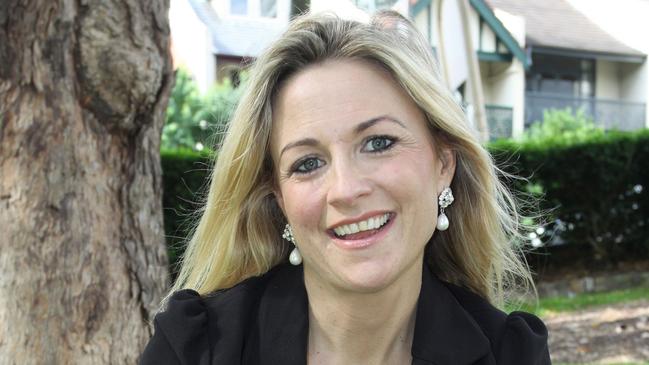Many home loan customers can snare cheap fixed rate deals
OWNER occupier variable fixed rate deals are on par with variable rate offerings so borrowers must now decide whether now is the time to lock in their rate.
Saver HQ
Don't miss out on the headlines from Saver HQ. Followed categories will be added to My News.
OWNER occupier variable home loan rates are proving slightly higher than three-year fixed deals and leaving many borrowers in a bind on whether now is the time to lock in.
National Australia Bank’s chief economist Alan Oster this month said he did not expect the Reserve Bank of Australia to hike the cash rate until the middle of next year.
Consequently there’s unlikely to be much movement on mortgage interest rates for the next 12 months and many lenders will continue to offer razor-sharp deals with a “3” in front.

Latest analysis by financial comparison website RateCity has shown on a $300,000 30-year home loan the average variable rate is 4.29 per cent and monthly repayments are $1482.
CREDIT CARDS: Why having multiple credit cards can do you damage
For the same borrower the average three-year fixed deal is lower at 4.13 per cent and monthly repayments are $1454.
The site’s spokeswoman Sally Tindall said customers fixing now can get very competitive three-year rates.
“There’s also the security of not having to worry about a rate rise until half way through 2020,’’ she said.
“Fixing now will take the stress of worrying about out-of-cycle rate hikes and RBA cash rate increases off your plate for three years.”

The RBA has kept the cash rate on hold at 1.5 per cent since August 2016 but much to the concern of the central bank households are now carrying mass amounts of debt.
RBA figures show the average household mortgage debt-to-income ratio has risen from around 120 per cent in 2012 to around 140 per cent in 2017.
And despite fixed rates remaining low they are proving unpopular with borrowers.
MORTGAGES: How one call saved $20,000 on a home loan
Australian Bureau of Statistics data shows the highest proportion of owner occupiers fixing was in March 2008 at about 26 per cent of new loans, compared to now at just 14 per cent.
Home Loan Experts’ managing director Otto Dargan said there’s plenty of “sharp” fixed rate loans available under four per cent.

“Borrowers should consider if fixing is suitable for them as fixed rate loans have restrictions on making extra repayments and can have high exit fees if you exit the loan,’’ he said.
“They should also consider what term they would like to fix for and choose a lender that has a special rate for that period.”
sophie.elsworth@news.com.au
SHOULD YOU FIX?
Pros
— Your rate won’t change during the fixed term.
— Your repayments will stay the same.
Cons
— If rates fall you won’t receive a rate reduction.
— You are limited in how much extra you can repay on the loan.
— If you sell your property during the fixed term you will pay break fees.
— Once the fixed rate ends the revert rate is usually quite high.
— Offset and redraw facilities are often unavailable.


